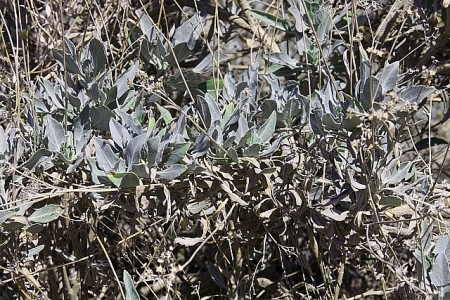The Dutch tyre company Apollo Vredestein, a partner in the EU-PEARLS European project, has produced the first prototypes of tyres manufactured using natural rubber in Europe, further to the cultivation of two innovative plants and the extraction of latex from them.
 This success is opening up new market expectations that in a next future will be able to break the Asian (Malaysia, Indonesia and Thailand) rubber monopoly.
This success is opening up new market expectations that in a next future will be able to break the Asian (Malaysia, Indonesia and Thailand) rubber monopoly.
Nowadays all the latex used in Europe for various kinds of industries and essential in the manufacture of surgical gloves, condainly extracted from the rubber tree (Hevea Brasiliensis).
Natural rubber is a unique biopolymer that cannot be substituted by synthetic alternatives in many of its most important applications, like medical products, condoms, footwear or adhesives. For this reason the European Union would avoid the latent risk that the producing countries may decide to carry out a co-ordinated increase in the price of this raw material, also due to the recent demand for natural rubber in the emerging countries.
Moreover, proteins in Hevea latex cause allergy and protein removal from this plant is elaborate and expensive.
Finally, the rubber tree is highly vulnerable to pests and diseases and its cultivation is closely linked to very specific climate conditions which exist mainly in tropical zones of Asia and South America.
The EU-PEARLS European project, begun four years ago, is being funded by the European Commission’s 7th Framework Programme and developed by partners from eight different countries.
Initial studies have shown that both the Russian dandelion (Taraxacum koksaghyz) and guayule (Parthenium argentatum) plants are a good alternative to the rubber tree. In particular, the guayule is regarded as the more promising crop for cultivation in the Mediterranean areas,
whereas the Russian dandelion is more suited to the northern and eastern countries of Europe.
Then, to increase the production of rubber and the agricultural productivity of these two plants, the research team has investigated the biochemical pathways involved in rubber biosynthesis.
Afterwards, latex produced from EU-grown guayule was tested, to be able to select suitable sites for commercial guayule farms, as well as best growing and extraction practices for the Old Continent.
For those who understand Dutch language, click here and watch a video explaining the EU-PEARLS research project.




